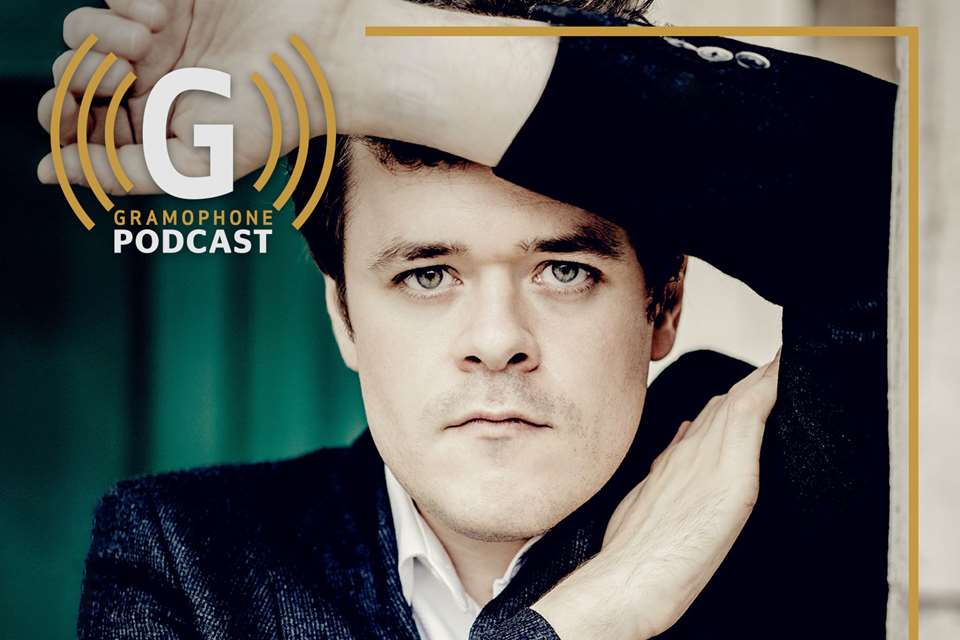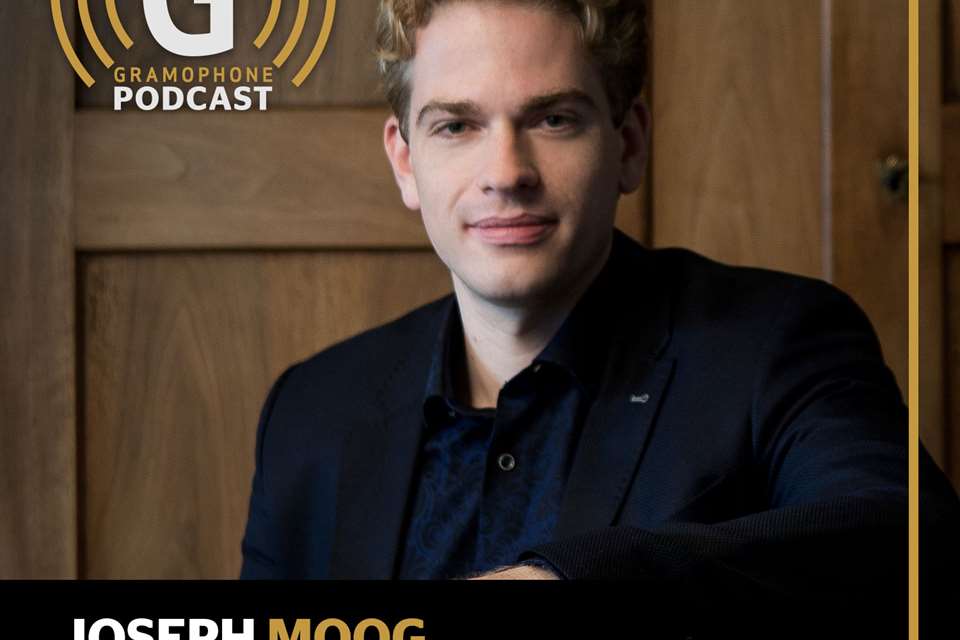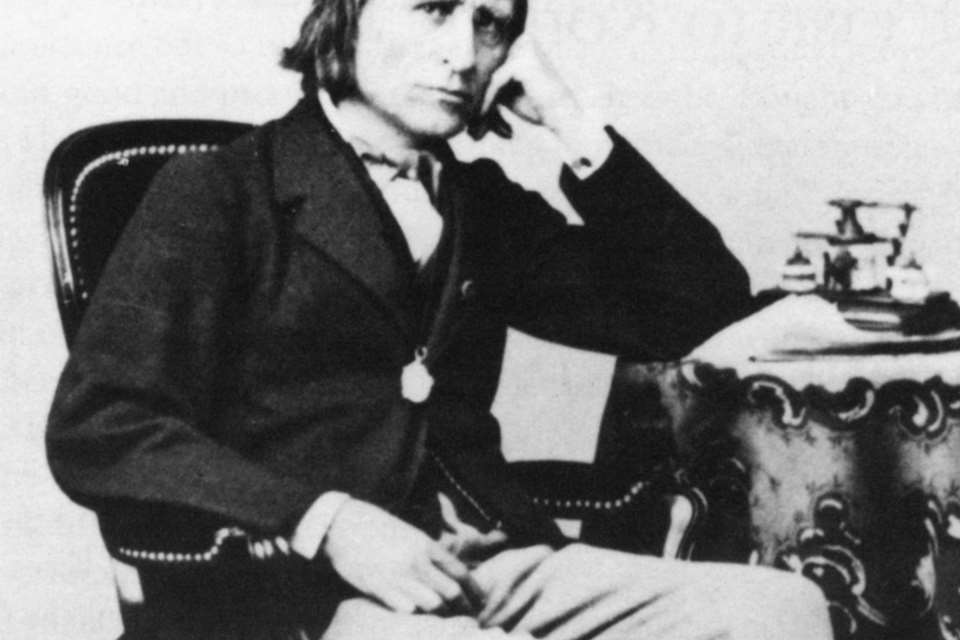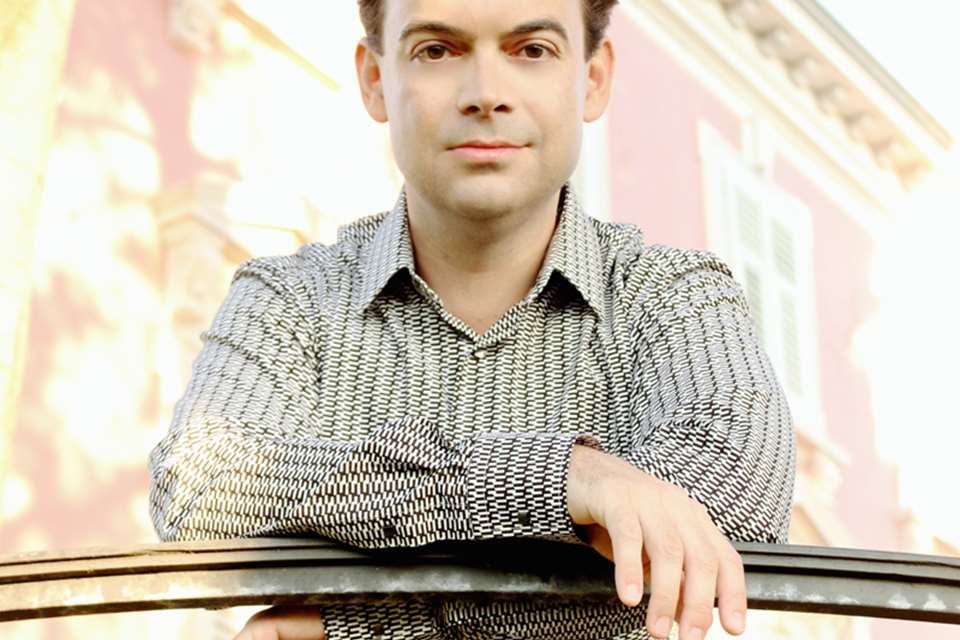Liszt's Totentanz: a guide to the best recordings
Jeremy Nicholas
Tuesday, January 10, 2023
Franz Liszt’s scintillating journey to the Underworld challenges pianists and thrills audiences. Jeremy Nicholas compares a selection of recordings of this diabolic masterpiece and selects his favourite
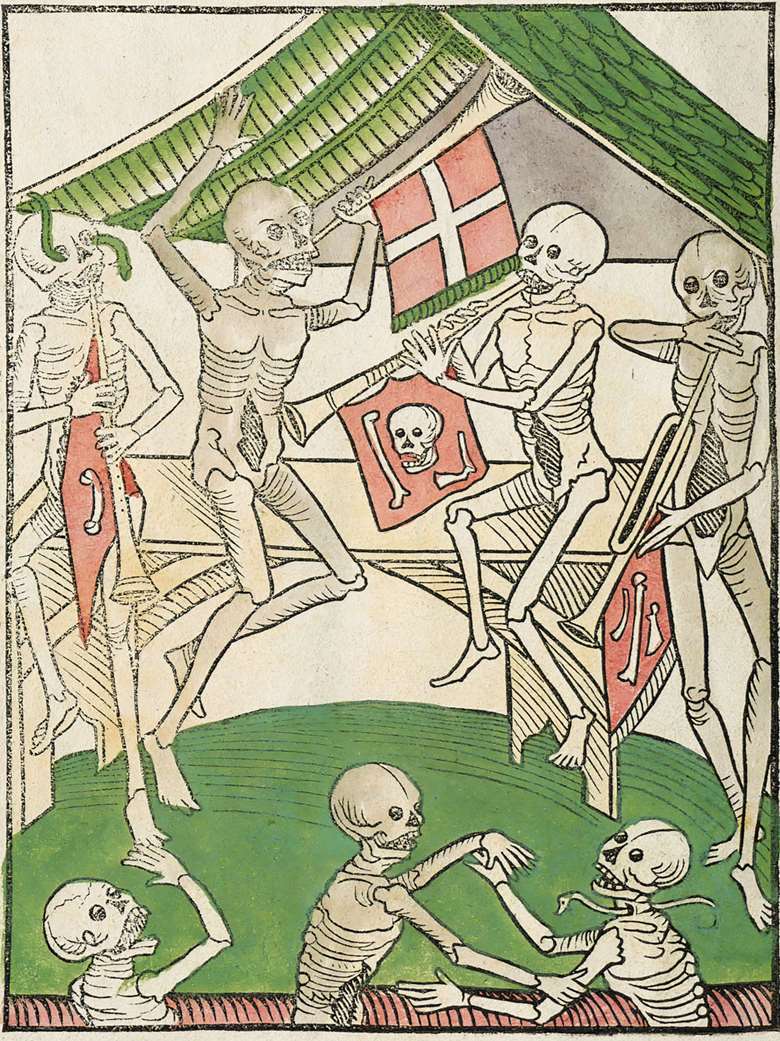
Register now to continue reading
Thanks for exploring the Gramophone website. Sign up for a free account today to enjoy the following benefits:
- Free access to 3 subscriber-only articles per month
- Unlimited access to our news, podcasts and awards pages
- Free weekly email newsletter





